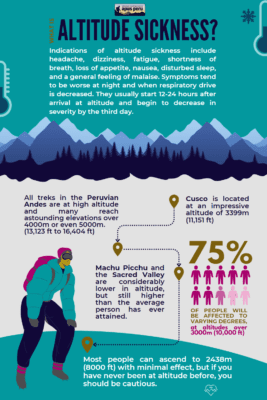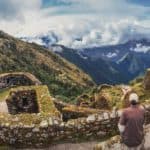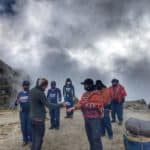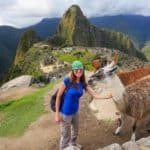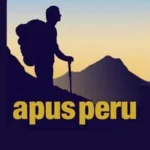Congratulations!
You’ve decided to book an Andean trek with Apus Peru! If you read the descriptions of some of our Andean treks, you’ll have noticed that we talk a lot about altitude acclimatization. Why, you ask? Well, most people, no matter where you live, are used to being at altitudes much closer to sea level: Paris, Berlin, London – all around 35m. Beijing – 44m. New York? A mere 10m above sea level.
Cusco, on the other hand, is located at an impressive altitude of 3399m (11,151 ft) – one of the highest cities in the world! Machu Picchu and the Sacred Valley are considerably lower in altitude, but still higher than the average person has ever attained. All treks in the Peruvian Andes are at high altitude and many reach astounding elevations over 4000m or even 5000m (13,123 ft to 16,404 ft)!
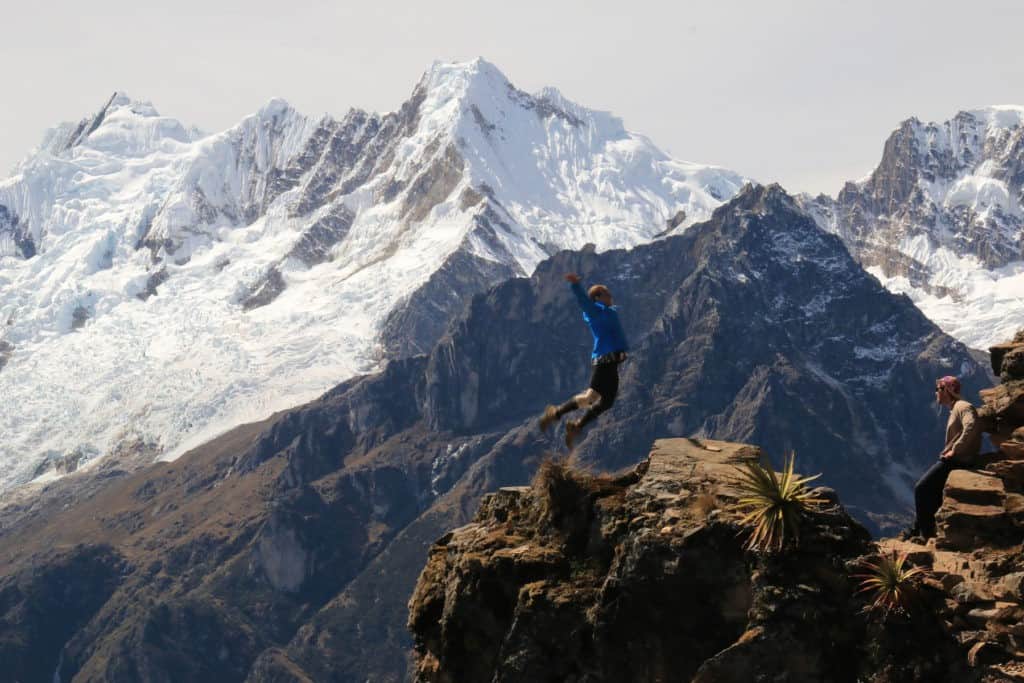
Altitude Acclimatization Is Important
That’s why proper acclimatization is so important before starting any trek. How you will react to being at high altitude is almost impossible to predict – old or young, fit or not, these things don’t seem to be a factor in determining how you will feel when you first arrive.
Here, we answer some of your questions about altitude and acclimatization, from who experiences altitude sickness to what the symptoms are like and how to treat and prevent altitude sickness.
Who is affected by Altitude Sickness?
In short: everyone
The occurrence of altitude sickness depends upon the elevation, the rate of ascent, and individual susceptibility. Altitude can affect anyone, and there are no specific factors (such as age, sex, or fitness) that help to indicate who may be affected or how. This is why proper altitude acclimatization is so essential!
Most people can ascend to 2438m (8000 ft) with minimal effect, but if you have never been at altitude before, you should be cautious. At altitudes over 3000m (10,000 ft), 75% of people will be affected to varying degrees.
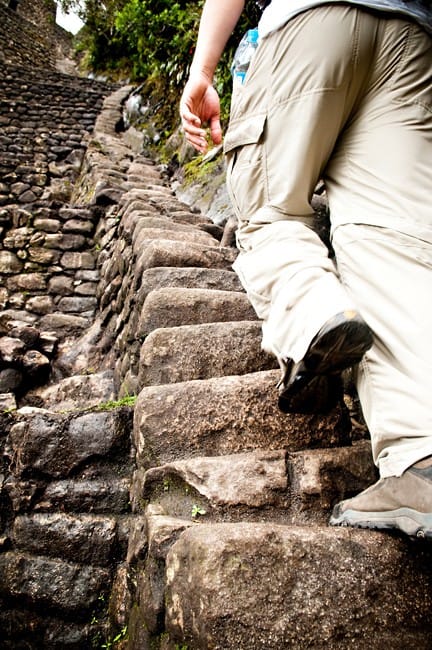
What is Altitude Sickness, anyway?
Indications of altitude sickness include headache, dizziness, fatigue, shortness of breath, loss of appetite, nausea, disturbed sleep, and a general feeling of malaise. Symptoms tend to be worse at night and when respiratory drive is decreased. They usually start 12-24 hours after arrival at altitude and begin to decrease in severity by the third day.
Altitude sickness does not usually interfere with normal activity and symptoms generally subside within 2-4 days as the body acclimatizes. Occasionally, some will be confined to bed rest during the first day at altitude. As long as symptoms are mild, ascent can continue at a moderate rate. When hiking, it is essential that you communicate any symptoms of illness immediately to your guide.
Altitude Acclimatization Tips
Prevention and Treatment
The best prevention and treatment of altitude sickness is proper acclimatization. As mentioned in our Definitive Guide to Alternative Trekking in Peru, we recommend spending at least 2 or 3 days acclimatizing before beginning a trek. Altitude acclimatization is a great excuse to spend extra time in Cusco and the Sacred Valley, with so much to see and do! We also offer lots of great day tours to help fill your time, each one tailored to specific interests, from history to culture.
And if you’re coming specifically to do some Andean trekking, don’t forget about our Pre Trek Acclimatization Tour! This 4-day excursion starts in the lower-altitude Sacred Valley and builds up, with a little bit of hiking included almost every day to help you get ready for your big Peruvian trek.
How to Acclimatize in Cusco
Mild Symptoms
If you experience mild symptoms of altitude sickness upon arrival to Cusco, the best way to treat them is to:
- Take it easy. Get lots of rest and don’t over-exert yourself. Light activity during the day is better than sleeping because respiration decreases during sleep, exacerbating the symptoms.
- Avoid tobacco and alcohol and other depressant drugs including barbiturates, tranquilizers, and sleeping pills. These depressants further decrease the respiratory drive during sleep resulting in a worsening of the symptoms. If you do consume alcohol, tobacco and coffee, make sure you drink extra water to compensate for the dehydrating effect of these substances.
- Eat a high carbohydrate diet. Experts recommend consuming more than 70% of your calories from carbohydrates while at altitude.
- Drink lots of fluids. The age-old Andean recipe for altitude sickness (known here as soroche) is coca leaf tea, but any hydrating liquid (herbal teas, water, juice, or electrolytes) will help. Chewing the coca leaf itself may also help relieve symptoms of altitude sickness, but it is not for everyone.

How to Acclimatize in Cusco
Severe Symptoms
If your symptoms are severe, there are medications you can take to treat altitude sickness. Any local pharmacy in Cusco will be able to provide you with what you need.
Here are some other tips to minimize the symptoms of altitude sickness:
- Don’t fly or drive to high altitude. Start below 3000 m (10,000 ft) and walk up.
- If you do fly or drive, do not over-exert yourself or move higher for the first 24 hours.
- When you go above 3000m (10,000 ft), only increase your altitude by 305m (1000 ft) per day. For every 915 m (3000 ft) of elevation gained, take a rest day.
- “Climb high and sleep low”. Climbers used to say this. You can climb more than 305m (1000 ft) in one day as long as you come back down and sleep at a lower altitude. Keep in mind that different people will acclimatize at different rates. Make sure all of your party is properly acclimatized before going higher.
- Stay hydrated. Altitude acclimatization is often accompanied by fluid loss, so you need to drink lots of fluids to remain properly hydrated (at least 2.8-3.8L per day). Urine output should be copious and clear.
For a very thorough explanation of the causes, symptoms and treatment of Altitude Sickness, Acute Mountain Sickness and other high altitude ailments, please see the Outdoor Action Guide to High Altitude.

